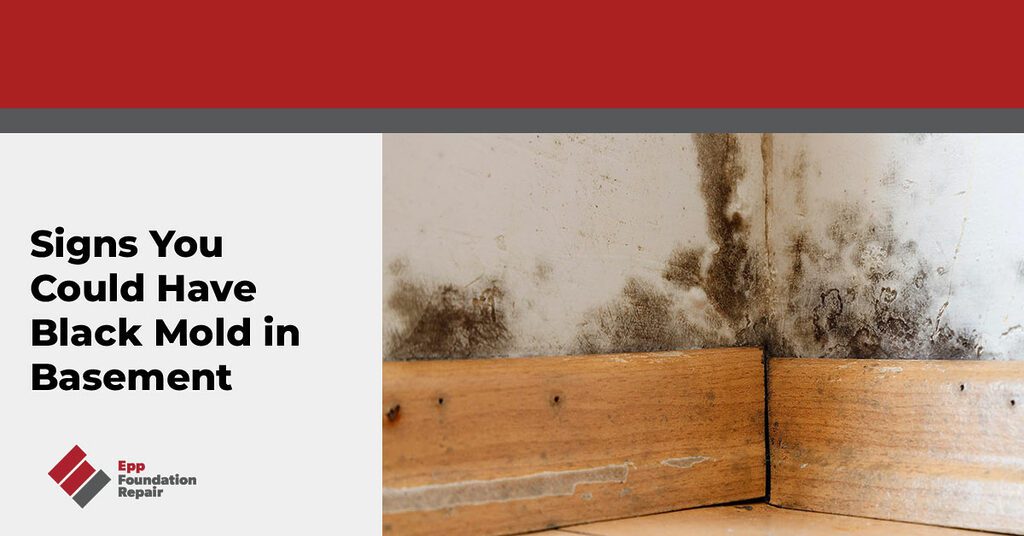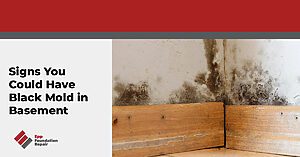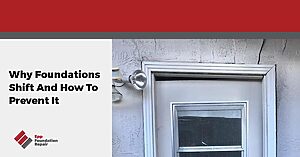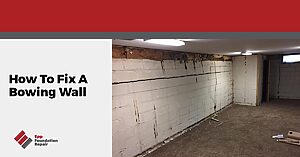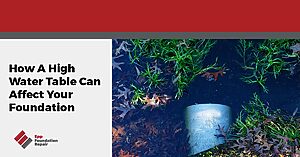Discovering black mold in your basement can be a homeowner’s worst nightmare. It can not only cause structural damage but also pose serious health risks. Black mold thrives in damp, dark environments, making the basement a common battleground for this unwelcome intruder. Recognizing the early signs of black mold is crucial in mitigating its impact and ensuring the safety and integrity of your home.
In this blog article, we’ll discuss key indicators that black mold might be lurking in your basement, from musty odors to visible growth patterns. Understanding these signs can be the first step in addressing a potentially hazardous situation and maintaining a healthy living environment.
What Is Black Mold?
Black mold, also known as Stachybotrys chartarum, is a type of toxic mold that is notorious for its harmful effects on human health. It thrives in areas that are dark, damp, and humid, such as in poorly ventilated bathrooms, basements, and kitchens. Black mold releases spores into the air which can cause a variety of health problems when inhaled.
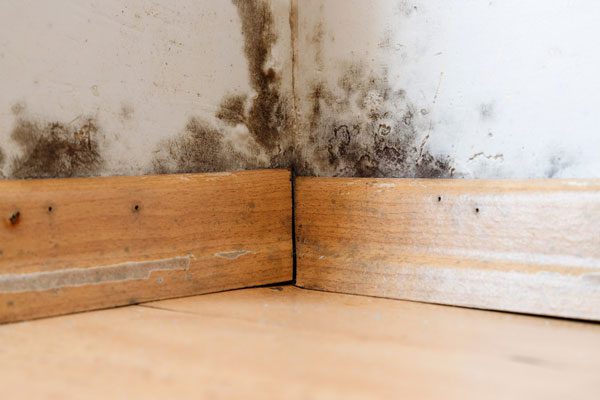
Exposure to black mold has been linked to a range of health effects, including respiratory issues such as coughing, wheezing, and difficulty breathing. It can also cause skin rashes, fatigue, headaches, and allergic reactions. In extreme cases, black mold exposure has been associated with neurological damage.
Black mold is particularly dangerous for young children, pregnant women, and people with weakened immune systems. If you suspect that your home may have black mold, it is important to take immediate action to remove it. This may involve hiring a professional mold remediation company to safely and effectively remove the mold from your home.
What Causes Black Mold to Grow In Basements?
One of the primary reasons for black mold growth in basements is excessive moisture. When there is high humidity or water leaks, the basement becomes a prime breeding ground for mold spores. These spores can spread rapidly, especially in warm environments, leading to black mold infestation. Poor ventilation and air circulation can also contribute to moisture buildup, making it easier for mold to flourish.
Another factor that can cause black mold growth in basements is the presence of organic materials. Mold thrives on organic matter such as wood, paper, and fabrics, all of which are commonly found in basements. If not properly stored or maintained, these materials can become damp and provide the perfect breeding ground for mold spores.
Additionally, a basement’s location and exposure to the outside environment can determine the likelihood of black mold growth. Basements that are situated in areas with high humidity, frequent rainfall, or flooding are more susceptible to mold infestation. Moreover, basements that are poorly insulated can leave walls and floors cold, resulting in condensation and moisture buildup.
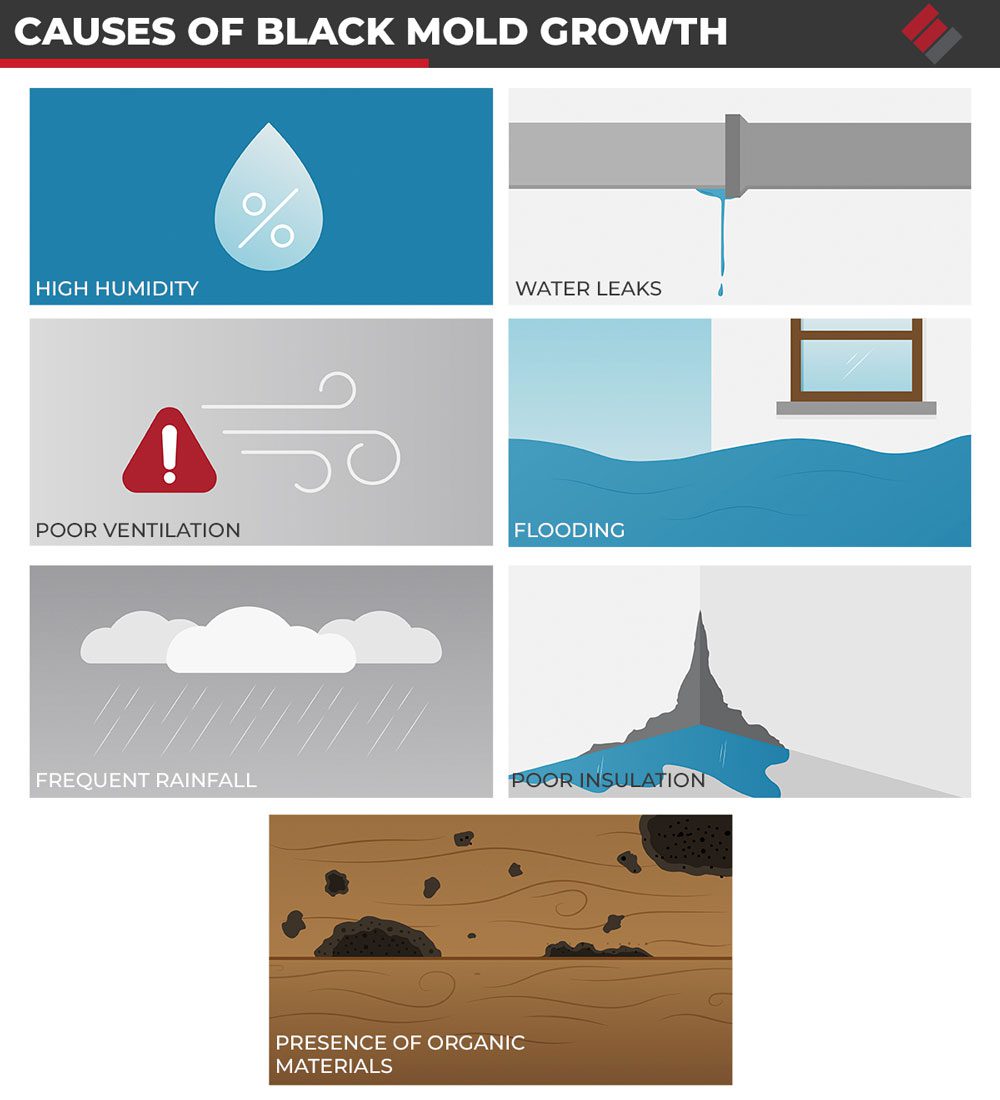
Why You Don’t Want Black Mold In Your Home’s Basement
Having black mold in your home’s basement is not something you want, and here’s why:
- Can Cause Health Problems – Black mold can cause serious health problems for you and your family. When the mold spores are inhaled, they can trigger allergic reactions such as sneezing, coughing, and watery eyes. In addition, exposure to black mold can lead to respiratory problems, including asthma and bronchitis. For people with weak immune systems, such as children and the elderly, exposure to black mold can be particularly dangerous.
- Can Cause Structural Damage – Black mold can damage your home’s structure and lower its value. The mold can grow on walls, floors, and ceilings, causing them to weaken and crumble over time.
- It Smells Bad – The musty smell of mold can be unpleasant and difficult to get rid of. If you plan to sell your home in the future, having black mold in your basement can significantly reduce its value and make it difficult to find a buyer.
- It’s Expensive to Remove – Lastly, black mold is difficult and expensive to remove. Homeowners often try to remove mold themselves using DIY methods, but this can be dangerous if proper protective gear is not worn, and the mold is not correctly contained. In addition, if the mold is not removed entirely, it can quickly grow back and spread to other areas of your home, causing even more damage.
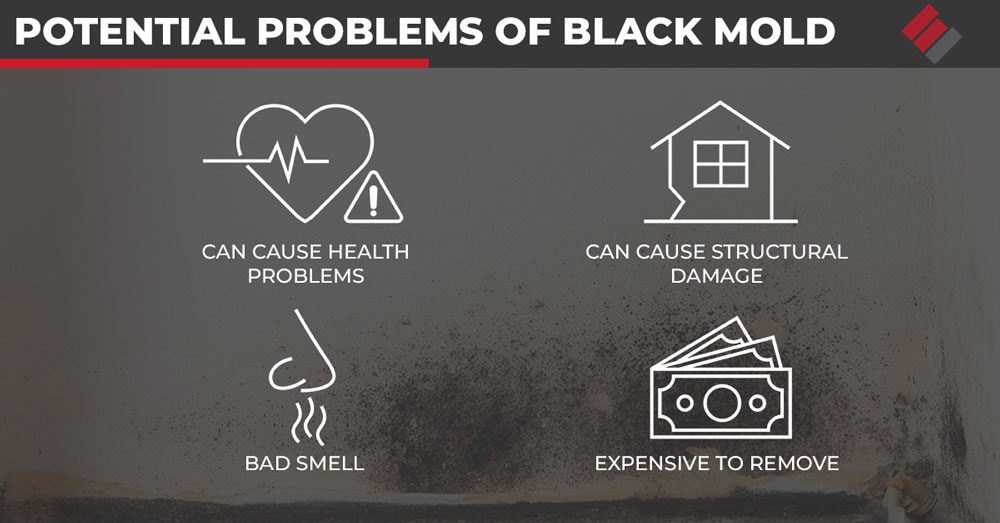
Signs You Could Have Black Mold in Basement
Knowing the signs of black mold growth in your basement can help you take timely action to prevent its spread and protect your health. These signs include the following:
- A Musty Smell – One of the most obvious signs of black mold growth in the basement is the presence of a musty or earthy smell that lingers in the air. This smell is caused by the volatile organic compounds (VOCs) that black mold releases as it grows and spreads. The smell may be more pronounced in areas with poor ventilation or high humidity levels.
- Black or Dark Green Stains – Another sign of black mold growth in the basement is the appearance of black or dark green stains on walls, floors, or ceilings. These stains are caused by the fungus spores that are released by black mold as it grows and spreads. These spores can attach to surfaces and grow into new colonies of black mold if not removed promptly.
- Persistent Respiratory Problems – If you or your family members experience persistent respiratory problems such as coughing, wheezing, or shortness of breath when inside the basement, this could be a sign of black mold growth. Black mold spores can trigger allergic reactions in some people, leading to respiratory problems, skin irritation, headaches, and other health issues.
- Past Water Damage or Flooding – If your basement has experienced water damage or flooding in the past, this increases the risk of black mold growth. Moisture and dampness provide the perfect conditions for black mold spores to grow and spread, so it’s important to keep your basement dry and well-ventilated to prevent black mold from taking hold.
For more information, see Is Hydrostatic Pressure The Reason You Have a Wet Basement?
How to Get Rid of Black Mold in Your Basement
Since black mold can cause health problems such as respiratory issues, allergies, and even neurological disorders, getting rid of it in your basement should be a top priority. Here’s how to do that:
The first step in removing black mold from your basement is identifying the source of moisture. Mold needs moisture to survive, so getting rid of the source is critical for preventing it from returning. Common sources of moisture in basements include leaks, standing water, or high humidity levels. Once you have identified the source, address it promptly to prevent any further mold growth.
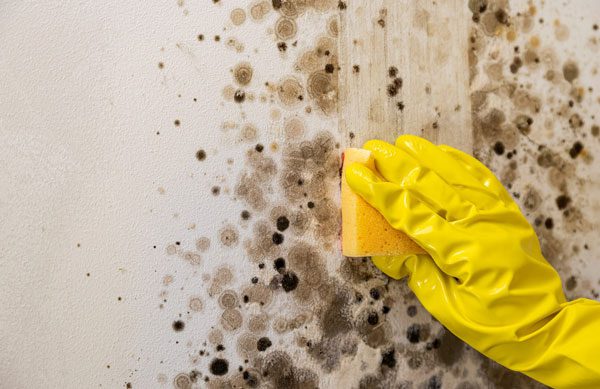
The next step is to remove any visible mold spores. You can do this by using a solution of bleach and water or other commercial mold removers. Be sure to wear protective gear such as gloves, goggles, and a mask to avoid inhaling any spores. It’s also important to thoroughly clean any surfaces where mold was present, including walls, floors, and ceilings.
After removing the mold, it’s essential to take measures to prevent it from returning. This can be done by increasing ventilation in your basement, using a dehumidifier, and fixing any leaks or other sources of moisture. Regularly inspecting your basement for signs of mold growth and addressing any issues promptly can also prevent future problems.
For more information, see Repairing a Wet Basement (And Making it Dry).
Tips on How to Prevent Black Mold from Growing in Your Basement
- Keep your basement clean and use a dehumidifier – Regularly cleaning your basement can help prevent the buildup of dust and moisture, which can provide an ideal environment for mold growth. Use a dehumidifier to reduce humidity levels and promote better air circulation in your basement.
- Fix leaks and water damage – Water leaks can create damp and humid conditions that can promote mold growth. Check your basement for any signs of water damage or leaks, and fix them immediately. Repair any damaged pipes, faucets, or cracks in the foundation of your home.
- Use mold-resistant products – Use mold-resistant paint and drywall when finishing your basement. These products are designed to inhibit mold growth and can help prevent the growth of black mold.
- Monitor humidity levels – Keep an eye on the humidity levels in your basement using a hygrometer. Ideally, the humidity levels should be kept below 60%. If they are higher, use a dehumidifier to lower them.
- Clean up spills and moisture immediately – If you spill water or any liquid in your basement, clean it up immediately. Don’t leave wet clothes, towels, or other items lying around, as they can create the ideal environment for mold growth.
- Inspect and clean your HVAC system – Mold spores can spread through your HVAC system and contaminate the air in your home. Regularly inspect and clean your HVAC system to prevent the spread of mold spores.
By following these tips, you can help prevent black mold from growing in your basement, ensuring a healthy and safe living environment for you and your family. Remember, prevention is always better than cure, so take the necessary steps to keep your basement mold-free.
If you’re concerned about black mold in your basement, contact us today to schedule an appointment. We service areas in four states: Nebraska, Iowa, Kansas, and Missouri.

